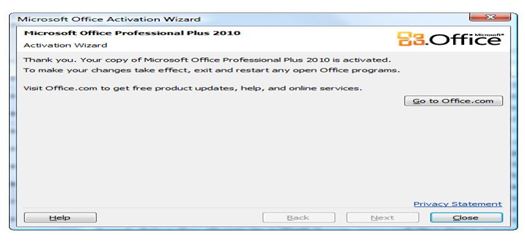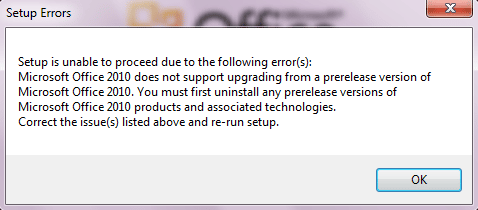


Additionally, Microsoft does not permit the installation of Office 32-bit and 64-bit on the same system 2. The problem begins with having to install Office in a very specific sequence to allow the installation of multiple versions by the installer 1. Problems Installing Legacy and Current Versions of Office SimultaneouslyĬonsidering how deeply Office integrates into Windows, running multiple versions simultaneously with success is difficult to achieve. Supporting these add-ins is a significant reason for companies to continue running older versions of Office. This applies to older versions of Office (Word, Excel, and Access), including Office 2007, Office 2003, and even Office XP, creating a difficult challenge during migration projects requiring the support of these older addins.

Furthermore, these legacy add-in components are often tied to a specific version of Office software, and they are mission-critical to the company’s line of business. These upgrades typically break the functionality of outdated Office add-ins. Many corporations have begun the process of modernizing operating systems from Windows® 7 to Windows 10 and upgrading their software from Office 2010 or Office 2013 to the latest version available from Office 365. With enterprise IT modernization projects on the rise, companies are faced with the dilemma that presents itself when older versions of Microsoft Office applications are required to run add-in components for software programs which are critical to the continuity of business operations.


 0 kommentar(er)
0 kommentar(er)
